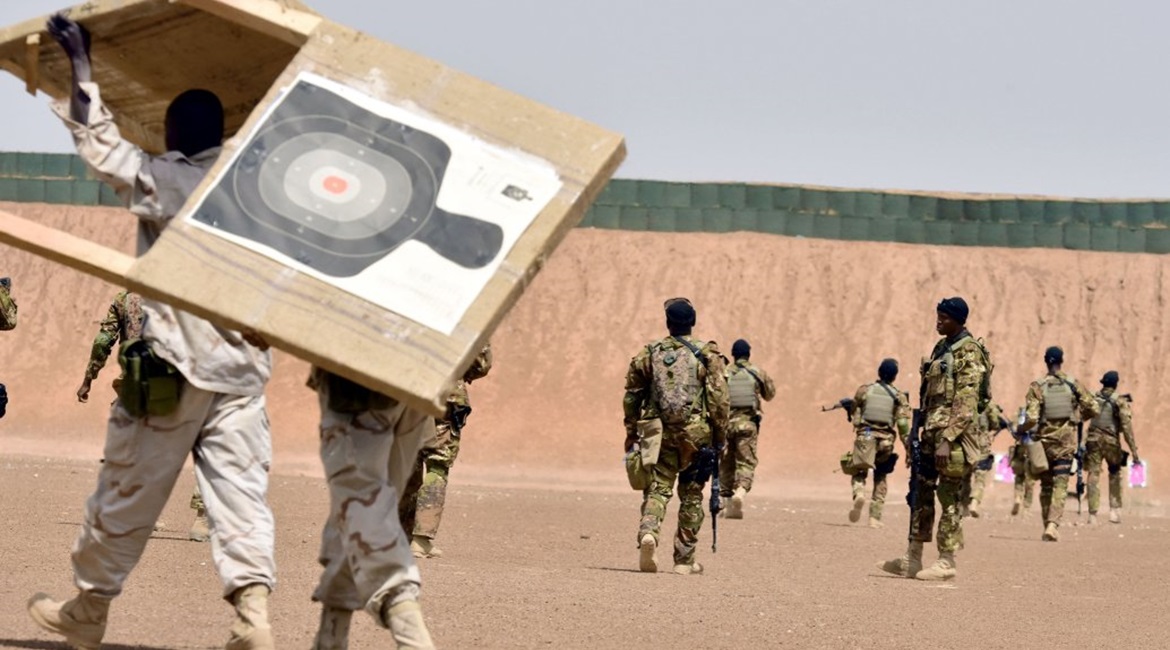
Since 2012, there has been exponential growth in Islamist militancy in the Sahel. Beginning in northern Mali, attacks have now expanded to central Mali, Burkina Faso, Niger, and Chad. Towards the end of 2019 and early 2020, attacks were conducted regularly, particularly targeting military bases, in Burkina Faso, Mali, and Niger. Testament to how bad the situation had become, the UN reported on 8 January 2020 that in 2019 at least 4,000 people had been killed in terrorist attacks in Burkina Faso, Mali, and Niger, a five-fold increase since 2016 when 770 people were killed.
Meanwhile, in Mauritania, which borders Mali, there has not been a recorded instance of militant Islamist violence since 2011. Despite having suffered from a spate of severe Islamist militant violence between 2005 and 2011 that targeted embassies, aid workers, and tourists, the country has so far managed to evade this proliferation of Islamist militancy in the surrounding region.
Nevertheless, although Mauritania has done an impressive job of staving off extremist violence for many years, the country’s security threat environment has been evolving since 2018 following its increased contribution to – and active participation in – the G5 Sahel Force. On 12 July 2018, General Hanena Ould Sidi, Mauritania’s deputy chief of army staff, was appointed to lead the G5 Sahel initiative, suggesting any intention that the government might have had of playing only a minimal role in the grouping has disappeared. Mauritania’s commitment to assisting with regional security was further exemplified on 28 February 2020, when it hosted the annual Flintlock military exercises in conjunction with US and African troops.

Looking to read the full article?
Gain unlimited access to Janes news and more...




